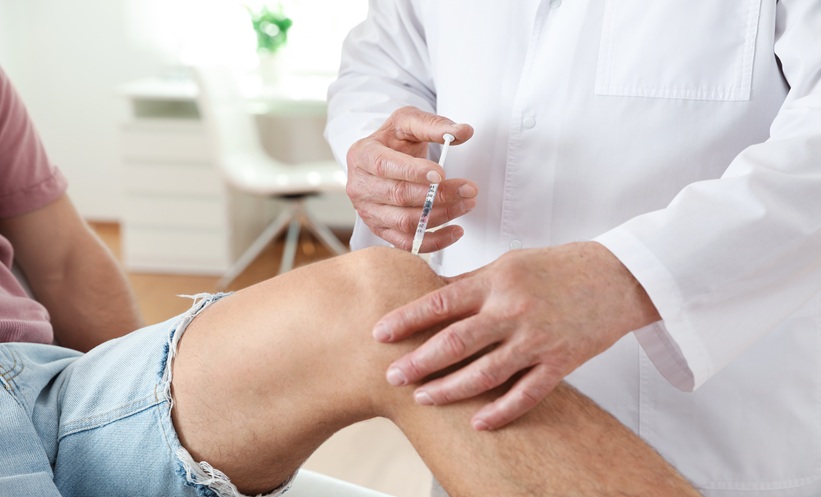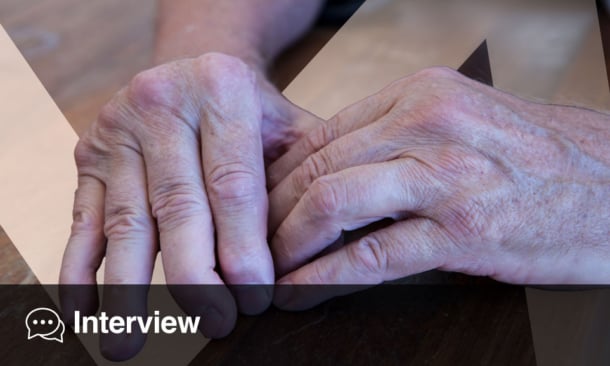STARTING physical therapy early after a knee osteoarthritis (OA) diagnosis and attending at least 13 sessions may reduce the need for intra-articular injections, according to a large cohort study of over 67,000 adults in the United States.
The real-world analysis used deidentified claims data to assess how the timing, intensity, and type of physical therapy (PT) influenced later use of intra-articular treatments such as corticosteroid or hyaluronic acid injections.
Participants who began PT within the first month of diagnosis were significantly less likely to require injections than those who delayed therapy. In patients with prior injection use, delaying PT until 9–12 months post-diagnosis increased the risk of future injection use by 44%.
Moreover, the study found a dose-response relationship: those who completed 13 or more PT sessions had a 10–12% lower risk of receiving future injections, regardless of prior injection history. Interestingly, the type of therapy—active (exercise-based) versus passive (manual or device-assisted)—did not significantly affect injection rates.
“These findings support the value of initiating physical therapy soon after diagnosis and committing to an adequate number of sessions,” the authors note. The study suggests that early, sustained PT could help slow disease progression and reduce the need for more invasive interventions.
While further research is needed to assess long-term outcomes and cost-effectiveness, the results provide actionable insights for clinicians managing newly diagnosed knee OA, particularly when considering non-pharmacological first-line treatment strategies.
Aleksandra Zurowska, EMJ
Reference
Neogi T et al. Association of Physical Therapy Care With Use of Intra-Articular Injections in People With Knee Osteoarthritis: A Real-World Cohort Study. Arth Rheumatol. 2025;DOI: 10.1002/art.43155.








